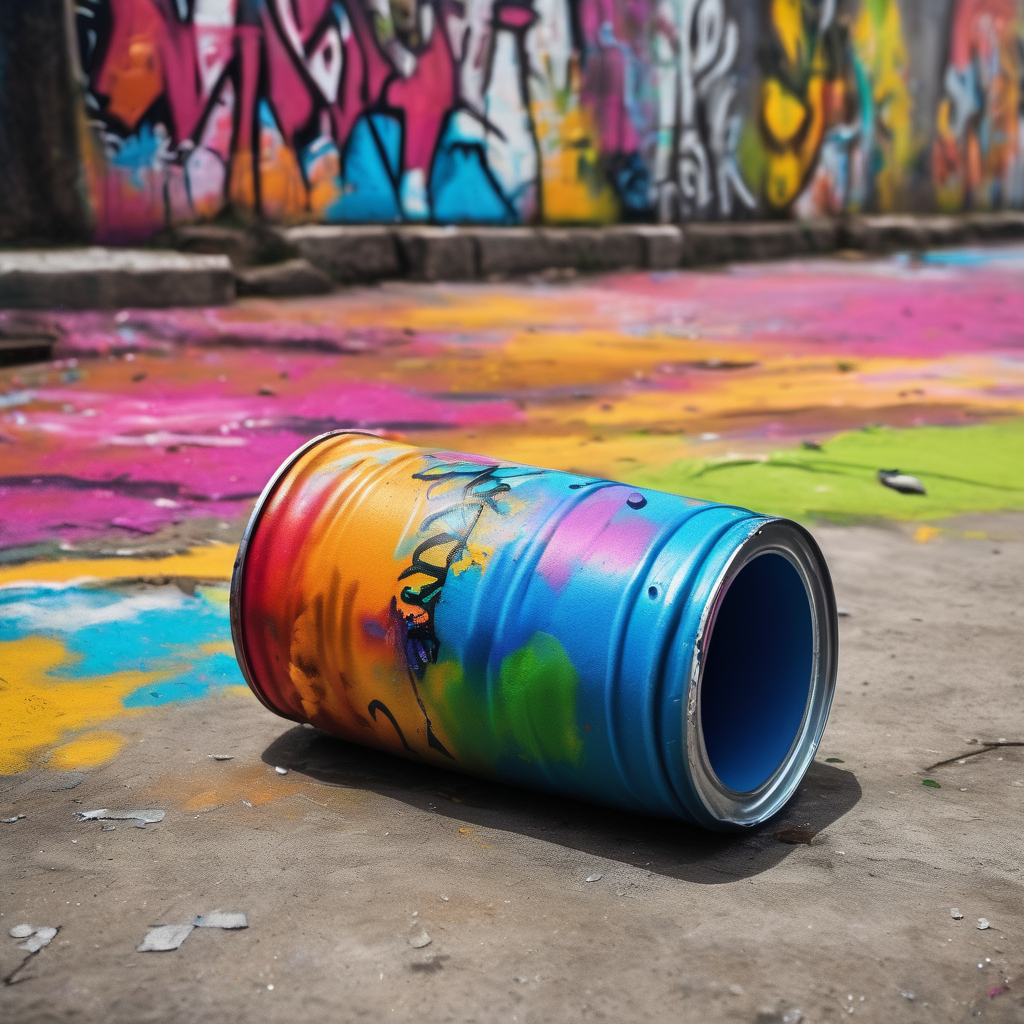Omar Diaw, an artist better known by his alias “Chimere,” is rapidly gaining recognition in the bustling city of Conakry, Guinea, with his dynamic graffiti art. On a recent bright afternoon, Diaw fearlessly spray-painted a blank wall while his collective, Guinea Ghetto Graff, prepared an assortment of paint cans nearby. His confident declaration, “They know who I am,” reflects his increasing prominence among the city’s residents.
Since relocating from Senegal in 2018, Diaw has noted the noticeable lack of graffiti in Guinea, where such expressions of art were often dismissed as vandalism. To change this perception, he has initiated public awareness campaigns through his artwork, one notable instance being the promotion of COVID-19 safety measures. “We had to seduce the population,” Diaw remarked, highlighting the importance of earning community respect and appreciation for street art.
The rapid urbanization of Conakry has created an ideal backdrop for Diaw’s vivid graffiti, which now plays a significant role in the city’s visual identity. His large murals depicting influential Guinean musicians and leaders, such as Samory Toure, create a striking contrast against the concrete landscape. The increasing visibility of his signature Guinea Ghetto Graff tag across various locations throughout the city emphasizes the growth of this artistic movement.
Graffiti boasts a rich history in West Africa, originating in Senegal in the late 1980s with pioneering artist Amadou Lamine Ngom, affectionately known as “Docta.” Similar to Diaw’s approach, Ngom and his group were engaged to create murals aimed at raising awareness about social issues. As graffiti art continues to mature in the region, both artists leverage their platforms to promote messages of social significance and cultural pride through their public displays.
Chimere’s journey not only illuminates the rise of graffiti in Guinea but also represents a broader movement where art surpasses conventional limits to address vital community issues. This inspiring narrative encourages other artists in West Africa, showcasing the potential of public art to enhance community awareness and transform societal views. As the graffiti movement evolves, it brings optimism for the future of public art in the region, emphasizing its ability to drive positive change and foster connection within communities.
